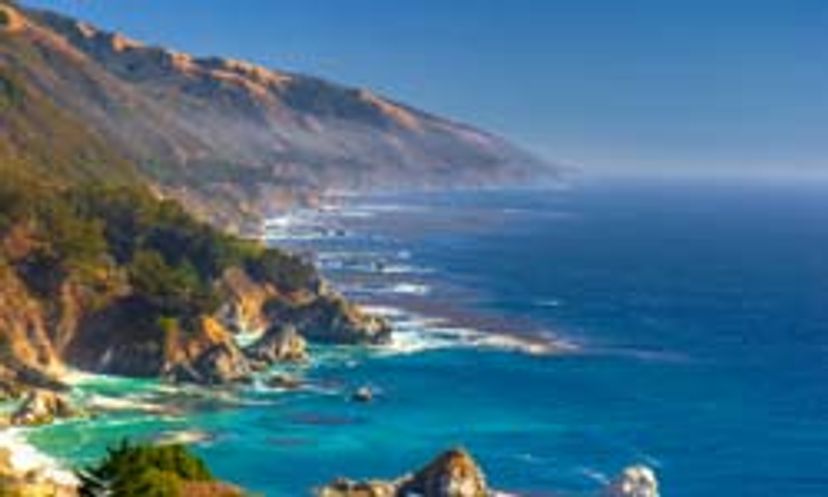
About This Quiz
Everybody agrees the Pacific is the big daddy of Earth's oceanic family, but how well do you know this enigmatic ocean? Test your sea legs by taking this quiz.The Pacific got its name from Ferdinand Magellan, whose fleet was the first to completely circumnavigate the globe in 1522. Unfortunately, Magellan himself was killed during a tussle among warring tribes in the Philippines, so he didn't live to see the tremendous voyage to its finish.
The Pacific Ocean covers about a third of the Earth's surface. Know what else covers around a third of the planet? All the land.
There are about 25,000 islands in the Pacific. That's more than all the other oceans have put together.
Advertisement
While salinity levels fluctuate across the world's oceans on an ongoing basis, overall, the Pacific is generally less salty than its neighbor to the east, the Atlantic.
Although the average depth of the Pacific nears 3 miles (5 kilometers), at the deepest point in all the world's oceans -- the Mariana Trench -- the ocean floor plunges nearly 7 miles (11 kilometers) below the surface.
El Niño, which originally referred to a phenomenon of warmer-than-usual waters off the Peruvian coast but is now recognized as a temporary shift in typical global climate patterns, has tended to take place somewhere between every two to seven years.
Advertisement
If you're looking for coral, the Pacific is the place to go -- and you'll want to go sooner rather than later. More than 75 percent of the ocean's coral reefs are found in the Pacific, but a number of destructive factors are causing these delicate ecosystems to die out at a disturbingly rapid rate.
The "Ring of Fire" -- which stretches from New Zealand up the eastern coast of Asia, around the Aleutian Islands and down the west coast of the Americas -- contains somewhere around 80 percent of the world's terrestrial volcanoes, although it's a difficult figure to quantify in exact terms. There's lots of underwater action, too -- in 1993, scientists found an area the size of New York state in the South Pacific that contains more than 1,000 potentially magma-spewing volcanoes and sea mounts.
Several fisheries in the Pacific have been overfished -- or fished right up to the sustainable limit -- at one time or another, including anchovies, herring, pollock, sardines and many more. Determining what's sustainable and what's not, however, is a very challenging consideration.
Advertisement
For reasons unknown, the stunning homage to our planet's love of plastic dubbed the Great Pacific Garbage Patch is usually compared to the size of Texas. Estimates tend to range from it's being near the same size as the Lone Star State to twice that expanse.